Mobile app development involves the use of tools which may include those used in designing and prototyping, writing coding languages, testing the end product and in deployment of the mobile application. Below are some of the best mobile app development tools coupled with brief descriptions to provide the best understanding of the tools.
1. Flutter
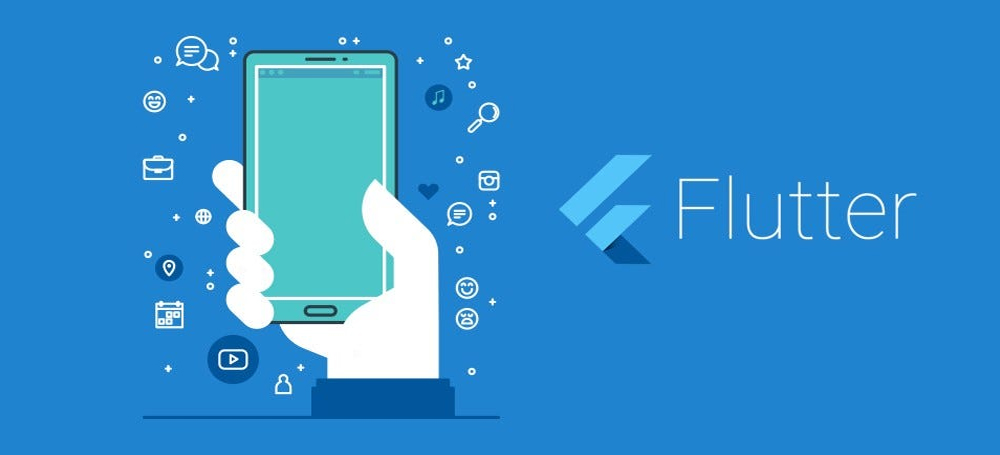
Flutter is an all-in-one UI solutions for creating application that are compiled natively for mobile, web and desktop from a single codebase by google.
The most prominent feature which differentiates it from all other libraries is the opportunity to develop stunning and highly individualized user interfaces with the help of kits of predesigned widgets. Hot-reload feature of flutter enables the developers to see the changes on the screen immediately, this helps in making the development protocol to be faster. flutter is an open-source mobile application development framework and for developing it; there is a programming language called Dart which provides it a fine balance between performance and flexibility.
2. React Native
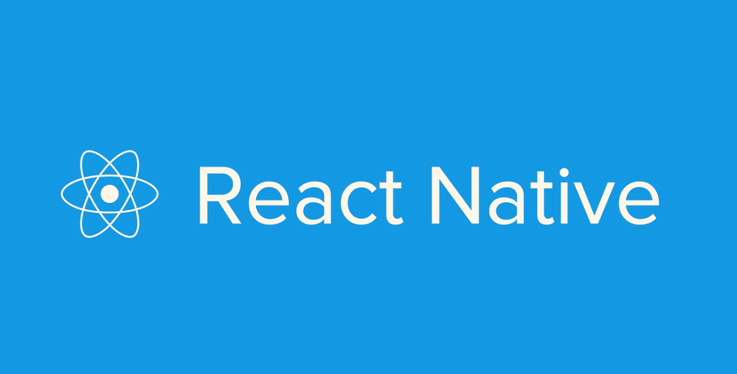
React Native, which is maintained by Facebook, allows developers to develop mobile apps with JavaScript and React. It employs native components to ensure high performance and a consistent user experience. One of React Native’s most appealing features is the ability to utilize the same codebase for both iOS and Android platforms, which significantly reduces development time and costs. Its extensive library and community support make it a popular choice with developers.
3. Xcode
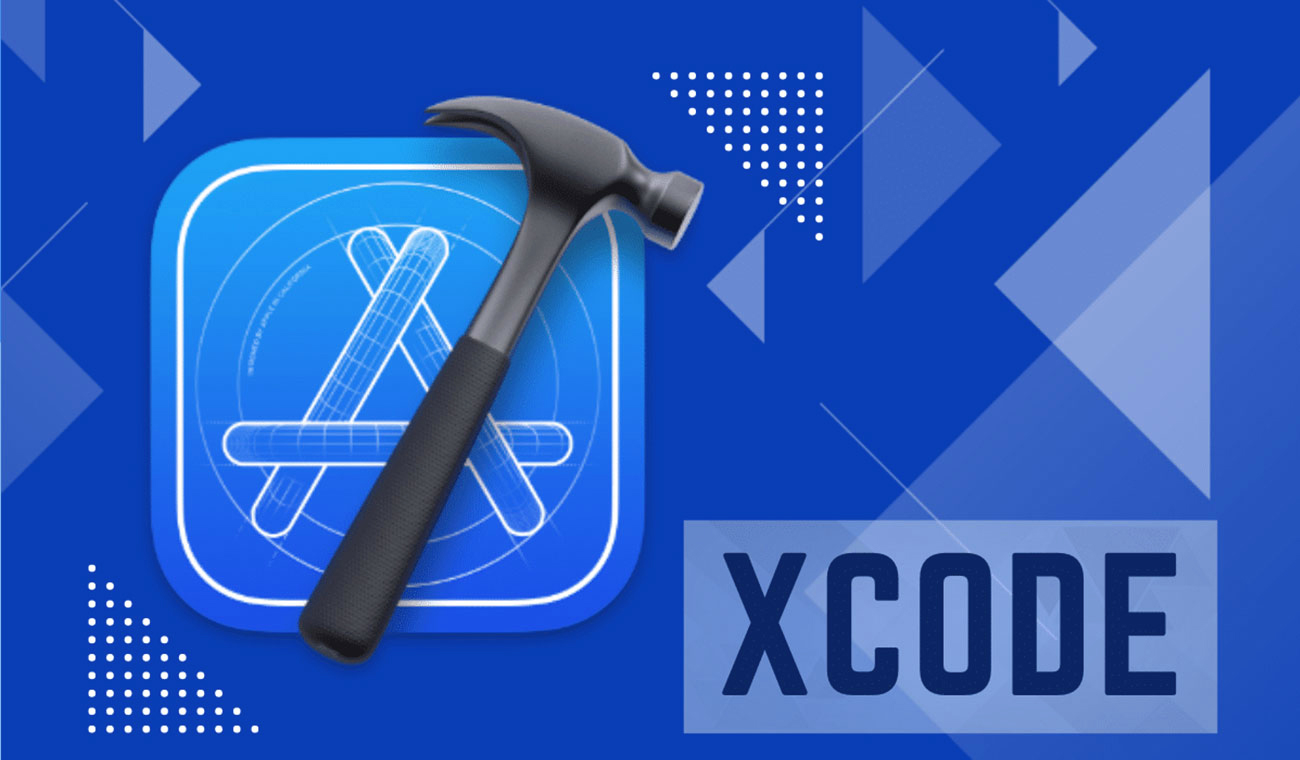
Xcode is Apple’s integrated development environment (IDE) for macOS, which is used to create software for iOS, iPadOS, macOS, watchOS, and TVOS. It includes a set of software development tools such as a code editor, a debugger, and an Interface Builder, which allows you to visually layout user interfaces. Xcode’s deep integration with Apple’s ecosystem makes it the preferred tool for iOS app development, with powerful features such as Swift programming language support, live previews, and extensive testing capabilities.
4. Android Studio
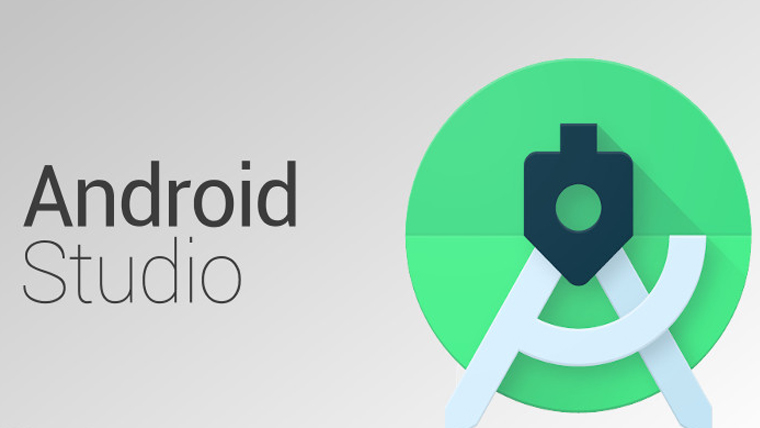
Android Studio is the official IDE for Android development, based on JetBrains’ IntelliJ IDEA. It provides a robust and feature-rich environment for building Android apps, including a powerful code editor, a flexible build system, and a suite of profiling tools. Android Studio’s layout editor makes it easy to create complex layouts using a drag-and-drop interface. Additionally, it offers support for Kotlin, making it a versatile choice for Android developers.
5. Xamarin

Xamarin, a Microsoft product, allows developers to develop cross-platform apps with C#. It enables up to 90% code sharing between the iOS, Android, and Windows platforms, significantly reducing development time and effort. Xamarin’s integration with Visual Studio creates a comprehensive development environment that includes code completion, debugging, and cloud services. Xamarin.Forms, a component of Xamarin, enables developers to create a single user interface for all platforms.
6. Ionic
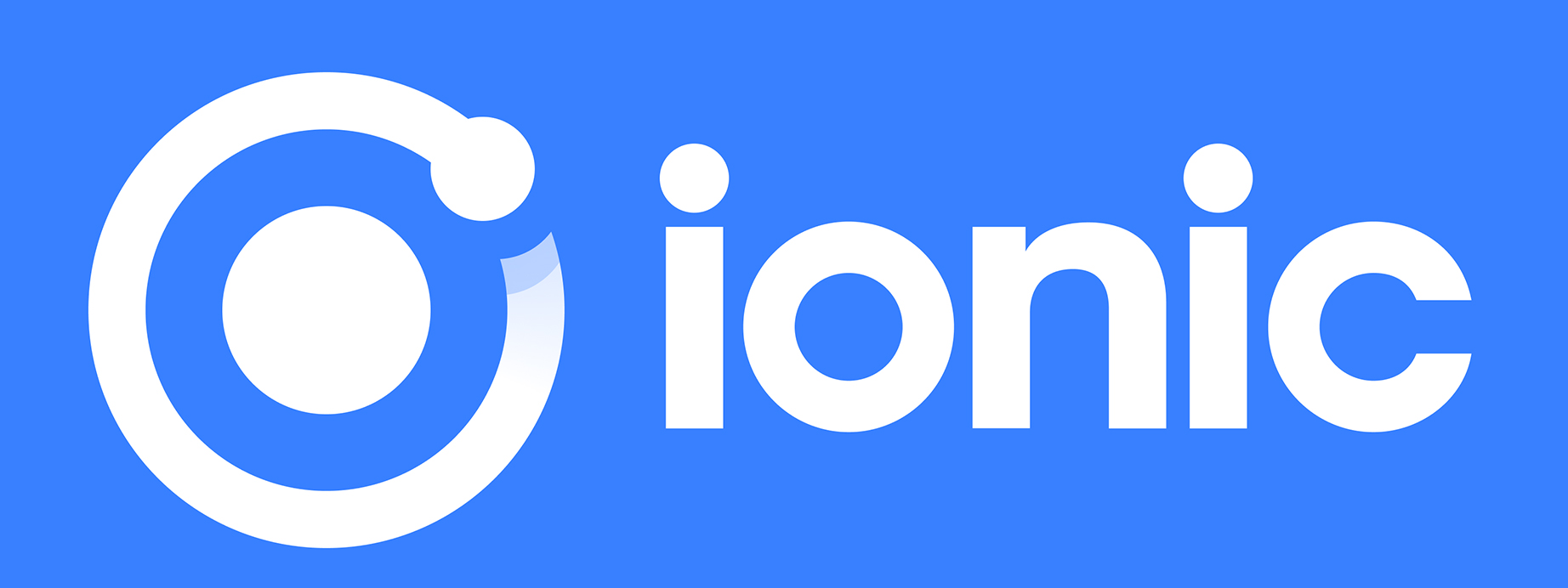
Ionic is an open-source framework that can be used for creating hybrid and mobile applications using the web technologies HTML, CSS, and JavaScript. It has a elements list that looks like native applications and gives the application a similar feel to the mobile application. As a provided dependency injector, Ionic is compatible with Angular, React, and Vue, which means it depends on developers’ preferred frameworks. Ionic CLI has strong commands for building, testing, and deploying the apps for the user interface.
7. Unity
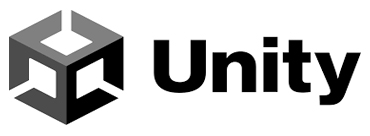
Unity is primarily the platform for game development, at the same time it can be effectively used for creating outstanding mobile apps with numerous graphics and interactions. It has powerful engine that can work for both 2d and 3d category application for design and it rich in graphical user interface. The Asset Store of Unity is a great source of different assets and plugins that may be really useful and save time. They can target multiple platforms and without the need to write the application’s code from scratch for each platform.
8. Firebase
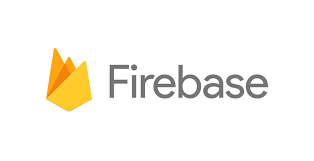
Firebase, by Google, it is a powerful suite of fully-featured cloud-based services to develop and monitor mobile applications. Some of the provided services are real-time database, authentication, cloud storage and analytical services. Firebase being compatible with other services and its capability to manage some of the backend operations let the developers concentrate more on the design of the frontend app. Real time data synchronization is even more advantageous when it comes to application that needs continuous data update.
9. Sketch
Sketch is a great design application for interfaces and UX of mobile applications. This is a vector-based workspace that is suitable when creating appealing, scalable, and perfect UIs. Client-friendly and offering a great number of plugins and compatibility with other applications make Sketch a top pick of designers. Its feature of shared libraries helps the team to work on multiple projects with the proper uniformity, and the prototyping tool that it offers the designer for getting a working sample built for the user interface for feedback.
10. Figma
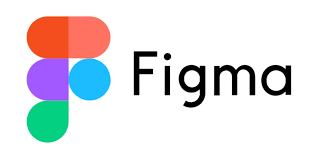
Figma is a web-based design tool that allows for collaborative interface design and prototyping. Its real-time collaboration features enable multiple team members to work on a project concurrently, making it ideal for distributed teams. Figma’s powerful vector editing tools, component libraries, and prototyping capabilities help to streamline the design process. It also provides seamless integration with other tools and platforms, which improves the overall workflow.
11. Appcelerator
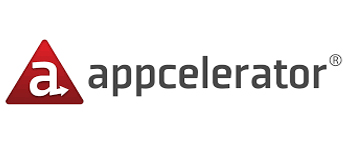
While quickly gaining popularity, Appcelerator using Titanium SDK is a platform for creating applications running on multiple platforms and developed in the JavaScript language. It has a common code base that can be deployed into various gadgets such as the i-Phone, the Android and the Windows. Alloy which is a framework provided by Appcelerator also supports model-view-controller (MVC) pattern this makes it easier to manage code.. With its cloud services, and performance monitoring tools it also supports mobile apps’ development and management.
12. Adobe XD
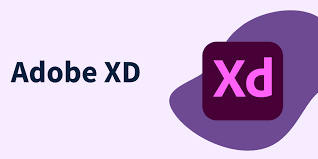
Adobe XD is one of the best tools for designing and prototyping delivering mobile app user experiences. It features vector based designing tools, real time resizing options and includes numerous plugins to facilitate the designers. The integration of Adobe XD with other Adobe Creative cloud applications like Photoshop and illustrator is possible which helps in the efficient designing process. Due to its prototyping, a designer can create interactive as well as animated prototypes, thus making it easier for the creator to picture his design.
13. Corona SDK:

Corona SDK is the platform that involves the utilization of Lua programming language in creating mobile apps. Yes, it is simple, easy to use and fast. Corona SDK has rich APIs and tools for 2D games and interactive app development and therefore, quite popular among game developers.
14. Jira
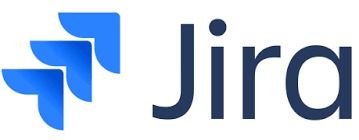
Jira is a program that is used in managing software and mobile applications’ development projects and tracking issues. For instance, it assists teams in planning and tracking their projects in multiple workflows, boards, and even reporting. Being connected to multiple development tools and capable to support numerous agile processes, Jira is a suitable tool for organizing mobile app projects. This makes it efficient in tracking and reporting, thus forcing the teams to remain on schedule and to deliver quality apps.
15. Balsamiq

Balsamiq and it is a high band width tool that assist developers and designers to make concept maps of their new applications. Due to the simplicity and functionality of the application relying on the drag and drop feature, using it to draw out one’s design is easy without necessarily concentrating on the beauty of the design. Thus, Balsamiq is most beneficial in the initial steps of application creation, where the ideas are still quite vague and the project is still in the air. The program can be easily used in planning and design work, as the work and ideas are clearly and unambiguously displayed.
16. TestFlight
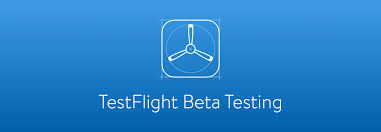
The test flight is another product of Apple through which iOS applications can be tested in its preliminarily developed form. It enables the developers to let the users use their app and give their comments before the standard release. In TestFlight the internal and the external builds are distinguished, which is quite helpful in receiving feedback from several users. Crash reports, user feedback, and specific testing instructions are the key features of TestFlight, which lets developers track the problems and bugs and address them before the release of the final product.
Conclusion
Selecting the right resources for mobile app development is critical to ensuring a smooth and efficient development process. Each of the instruments mentioned above has distinct features and capabilities that address various aspects of app development, ranging from design and coding to testing and deployment. Developers can use these tools to create high-quality mobile applications that meet both user expectations and business objectives.


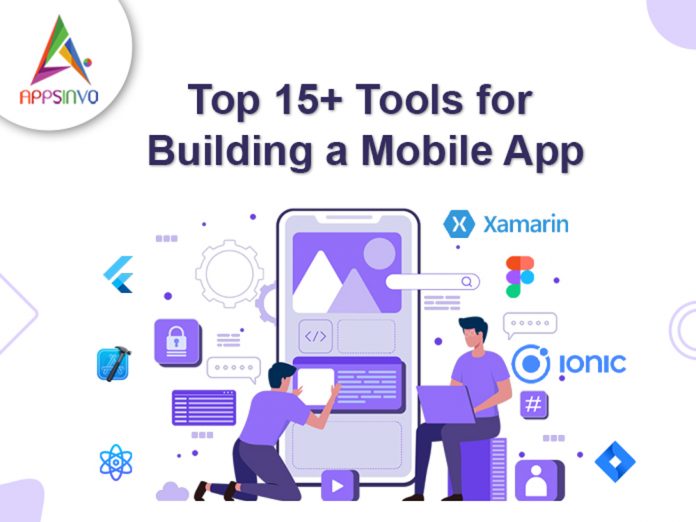


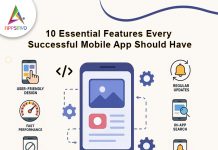


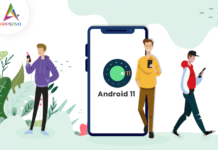
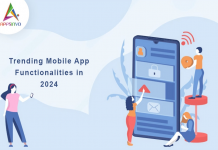



Wow, this is a comprehensive list of mobile app development tools! I didn’t know there were so many options. From design (like Figma and Sketch) to coding (like React Native and Flutter) to project management (like Jira), there’s something for every step of the process.
Thanks for sharing this valuable resource!
The blog from Appsinvo covers a list of over 15 tools for mobile app development, including Flutter, React Native, Xcode, Android Studio, and more. Each tool is described with its key features, strengths, and ideal use cases, making it a valuable resource for developers looking to choose the right tool for their mobile app projects. The blog highlights tools for design, development, testing, and deployment to streamline the entire app development process.